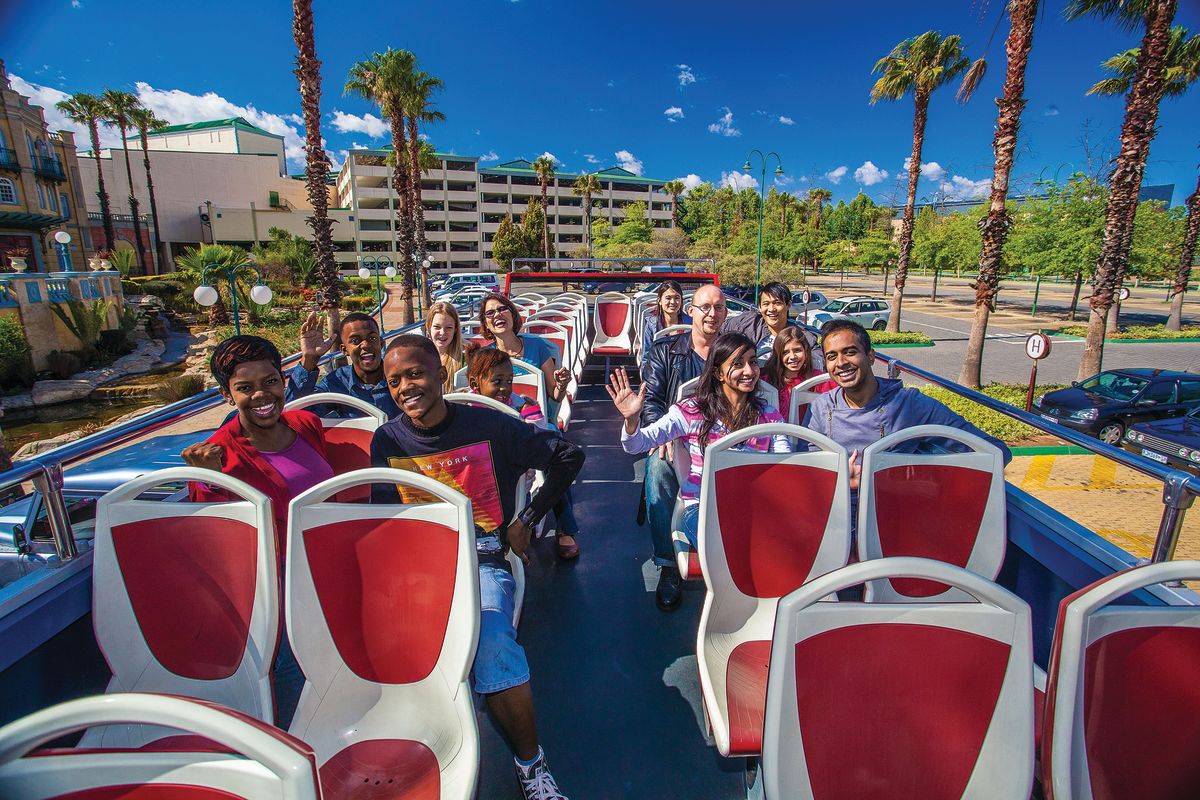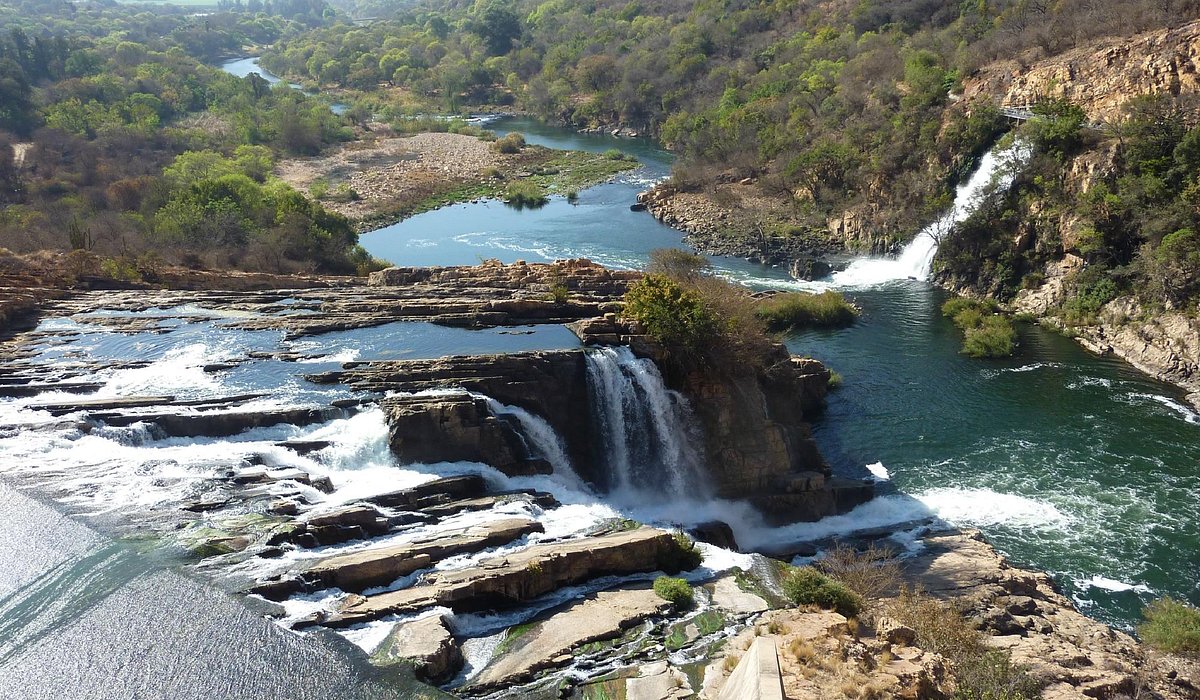3 Easy Facts About Johannesburg North Attractions Shown
3 Easy Facts About Johannesburg North Attractions Shown
Blog Article
Johannesburg North Attractions Fundamentals Explained
Table of ContentsSome Of Johannesburg North AttractionsJohannesburg North Attractions - TruthsFacts About Johannesburg North Attractions RevealedJohannesburg North Attractions for BeginnersJohannesburg North Attractions Fundamentals ExplainedWhat Does Johannesburg North Attractions Do?
The city owes its place to the existence of a a lot more valuable source: gold. The city grew on the edge of the Witwatersrand Main Reef, a below ground stratum of gold-bearing quartz-silica corporation that arcs for numerous miles below the Highveld. The majority of the gold mines in the city ceased operation in the 1970s, yet in its day the Witwatersrand gold industry made up greater than 40 percent of the world's annual gold manufacturing.Johannesburg has a pleasant climate. The city appreciates concerning 8 hours of sunlight per day in both wintertime and summertime.
What rain the city receives drops practically specifically in the summertime months, typically in magnificent late-afternoon electrical tornados. Air contamination positions a substantial issue, particularly in the winter months, when thermal inversions restrain the westward circulation of air from the Indian Ocean. Air pollution is most serious in the largely cleared up Black municipalities on the city's periphery, where several citizens still count on coal for fuel.

Johannesburg North Attractions Can Be Fun For Everyone
The equilibrium of the city is inhabited by whites. Lodging differs in personality and high quality. Soweto is infamous for its unlimited rows of municipally developed, two-room matchbox homes, yet it likewise has a few thriving territories in addition to brimming squatter camps, where tens of thousands live without water, electrical power, or hygiene facilities.
Physical development, although rather limited by transportation, continued promptly as migration to South Africa, and Johannesburg in particular, enhanced dramatically.
A lot of inadequate suburbs were mixed, with inadequate blacks and whites living with each other, although the rich suburban areas were usually scheduled for whites.
The previous system of eleven phoned number regions was reorganised in 2006. Marshalltown, as seen from the top of the Carlton Centre. The M1 and M2 run behind the buildings, and the southerly suburbs expand past the highway border. The central city of Johannesburg lies within the city's Region F. The approximated populace of the region is 200,000, [] yet the number of individuals living in the central city on a casual basis is unidentified, as many are prohibited immigrants. A lot of higher-income residents and white individuals have relocated to the north suburbs and have been replaced by lower-income black individuals. The unemployment, education and learning, and age profiles of the area are all unidentified, due to the difficulty of getting trusted information concerning the area.
About Johannesburg North Attractions
Centred on the CBD, the area includes the residential areas of Yeoville, Bellevue, Troyeville, Jeppestown, and Berea to the eastern. To the west it infects Pageview (Johannesburg North attractions) and Fordsburg. There are tiny industrial parks to the south, such as City West-Denver and Benrose. Around 800,000 commuters go additional hints through the internal city each day, and it works as a local buying node for site visitors from the southerly suburbs. Yeoville and Bellevue have a mix of go to this website home structures and solitary residential systems on small lots. The region lies on a hilly divide that ranges from eastern to west. One of the most obvious geographical function is Observatory Ridge, which is named for the big observatory located on it. The recreational areas are no much longer made use of, as a result of safety and security problems.

The Buzz on Johannesburg North Attractions
The eastern residential areas are some of the oldest locations of Johannesburg, there are look these up large communities of Jewish and other European backgrounds, the majority of the populace is English speaking. There are 3 golf training courses as well as a number of safeguarded ridges with viewsites.
Originally built to house male migrant employees, numerous have actually been improved as residences for couples and family members. The suburb was not traditionally enabled to develop work centres within the location, so virtually all of its citizens are travelers to other parts of the city.
Johannesburg North Attractions Things To Know Before You Buy
The property areas in the north suburbs are mainly official, with no substantial locations of informal housing, or real estate that does not have a long-term structure. This is an established area, there is a fad of land usage change from property to industrial, specifically along primary arterial roadways and around recognized nodes.
Roadways to the eastern and west are less well developed, as there are no freeways travelling in that instructions. Towards the northern border of the city, the density of development decreases, leaving huge areas of undeveloped land around Midrand.
Things about Johannesburg North Attractions
, which is located on a hill forgeting the internal city and Hillbrow.
Report this page